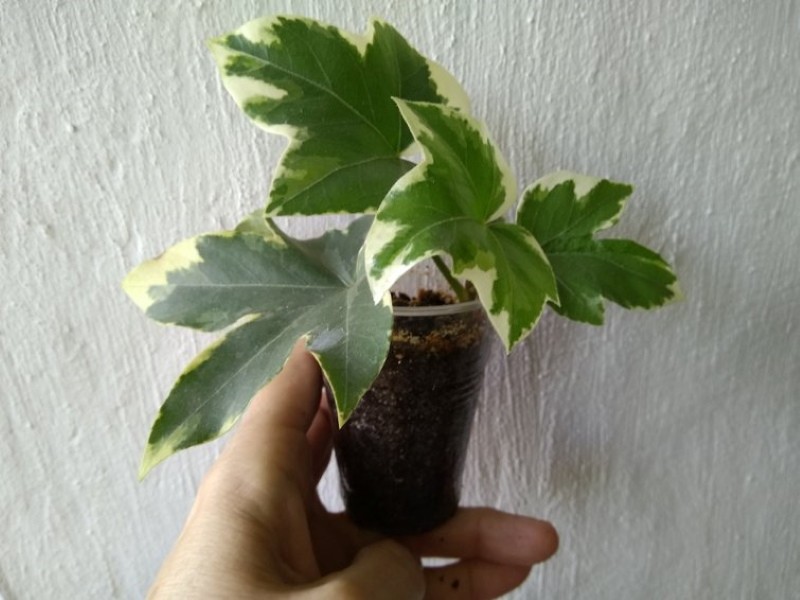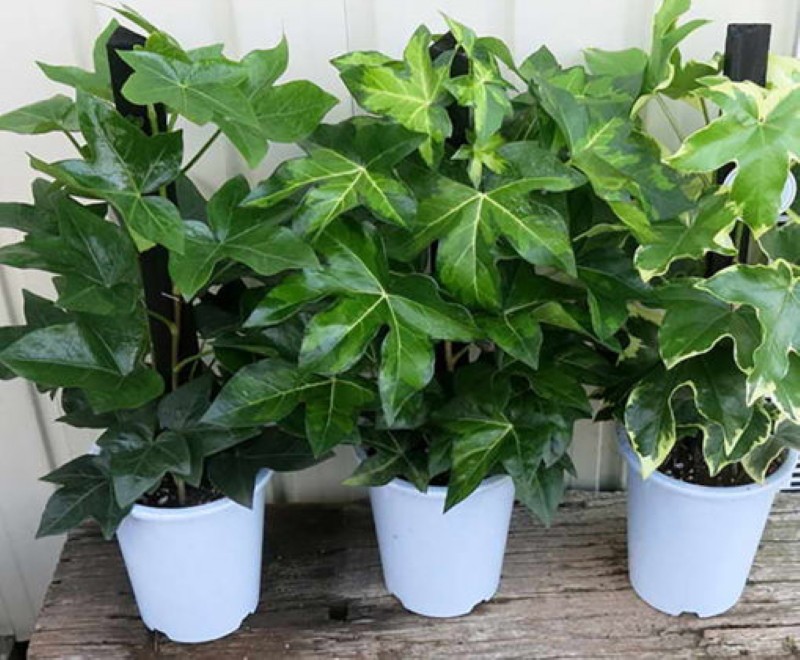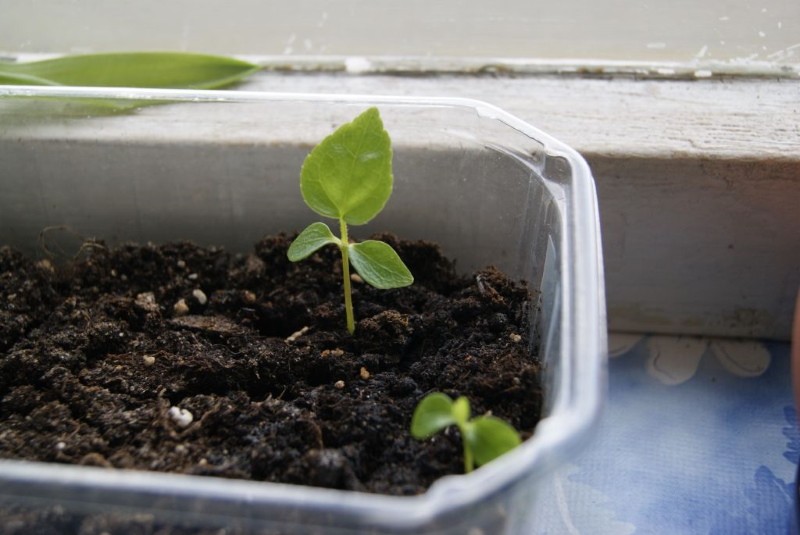Note to flower growers: how Fatshedera reproduces, all possible ways
 Looking at the gorgeous carved leaves, it can be safely called one of the most decorative plants. Therefore, the question of how fatshedera reproduces will be relevant for all gardeners. The evergreen vine not only looks beautiful, but also has an unpretentious and persistent character. She may well grow in partial shade, moreover, it is there that her monochromatic species retain a deep color saturation. And if you have several vines in the house, then you can turn the corner where they grow into a real jungle.
Looking at the gorgeous carved leaves, it can be safely called one of the most decorative plants. Therefore, the question of how fatshedera reproduces will be relevant for all gardeners. The evergreen vine not only looks beautiful, but also has an unpretentious and persistent character. She may well grow in partial shade, moreover, it is there that her monochromatic species retain a deep color saturation. And if you have several vines in the house, then you can turn the corner where they grow into a real jungle.
How fatshedera reproduces

Reproduction of fatshedera by seeds
 Sowing seeds is best, like all other seedlings, in early spring, when there is enough natural light. Prepare a loose substrate, and a universal one from the store will do. For the first time, you will need a shallow tray, preferably with a lid. If it is not there, you can replace it with ordinary cling film or a plastic bag.
Sowing seeds is best, like all other seedlings, in early spring, when there is enough natural light. Prepare a loose substrate, and a universal one from the store will do. For the first time, you will need a shallow tray, preferably with a lid. If it is not there, you can replace it with ordinary cling film or a plastic bag.
So let's get started:
- fill the container with earth;
- spray generously;
- scatter seeds over the surface of the soil;
- crush them on top with a thin layer of soil;
- cover with a lid or plastic wrap and put in a warm place;
- after emergence, remove the shelter and provide the seedlings with good lighting;
- When the seedlings form a pair of true leaves, dive them into separate small cups for growing.
Fatskheder seeds quickly lose their germination. The best option is if an old plant blooms and sets fruits. Once the seeds are ripe, collect and sow them immediately. You can also buy planting material in specialized stores. Only choose trusted sellers with a good reputation.
How to make layering at fatshedera
 One of the small disadvantages of a vine is that it is extremely reluctant to branch. In addition, with age, it sheds leaves in the lower part of the shoots, and they become bare. But you can use such an ugly twig and turn it into a cut. To do this, in April, make notches on a branch without leaves. Wrap this place sphagnum, and on top - gently wrap with foil.
One of the small disadvantages of a vine is that it is extremely reluctant to branch. In addition, with age, it sheds leaves in the lower part of the shoots, and they become bare. But you can use such an ugly twig and turn it into a cut. To do this, in April, make notches on a branch without leaves. Wrap this place sphagnum, and on top - gently wrap with foil.
Two months later, this twig will already acquire roots that have appeared in the places of the incisions. You just have to cut it off and plant it like a regular bush.
Cutting fatsheders
This is the easiest and fastest way to propagate a vine. Moreover, its versatility lies in the fact that it is possible to cut by cuttings at any time of the year. But it is most convenient to do this after trimming.In general, the fatsheder is recommended not to cut, but to pinch the tops. But if you let them grow, you can then cut off the apical stalk about 10 cm long.
There are two ways to root cuttings:
- Place them in a glass of water so that the bottom of the cutting is immersed in it. And wait until it grows roots. Don't forget to change the water. When several plump roots are formed, it will be possible to plant the sprout in a pot.

- Plant the cutting immediately in a small flowerpot with a light substrate.

Both in the water and in the ground, the Fatskhedera takes root well. But the second option is still safer, since cuttings can rot in the water.